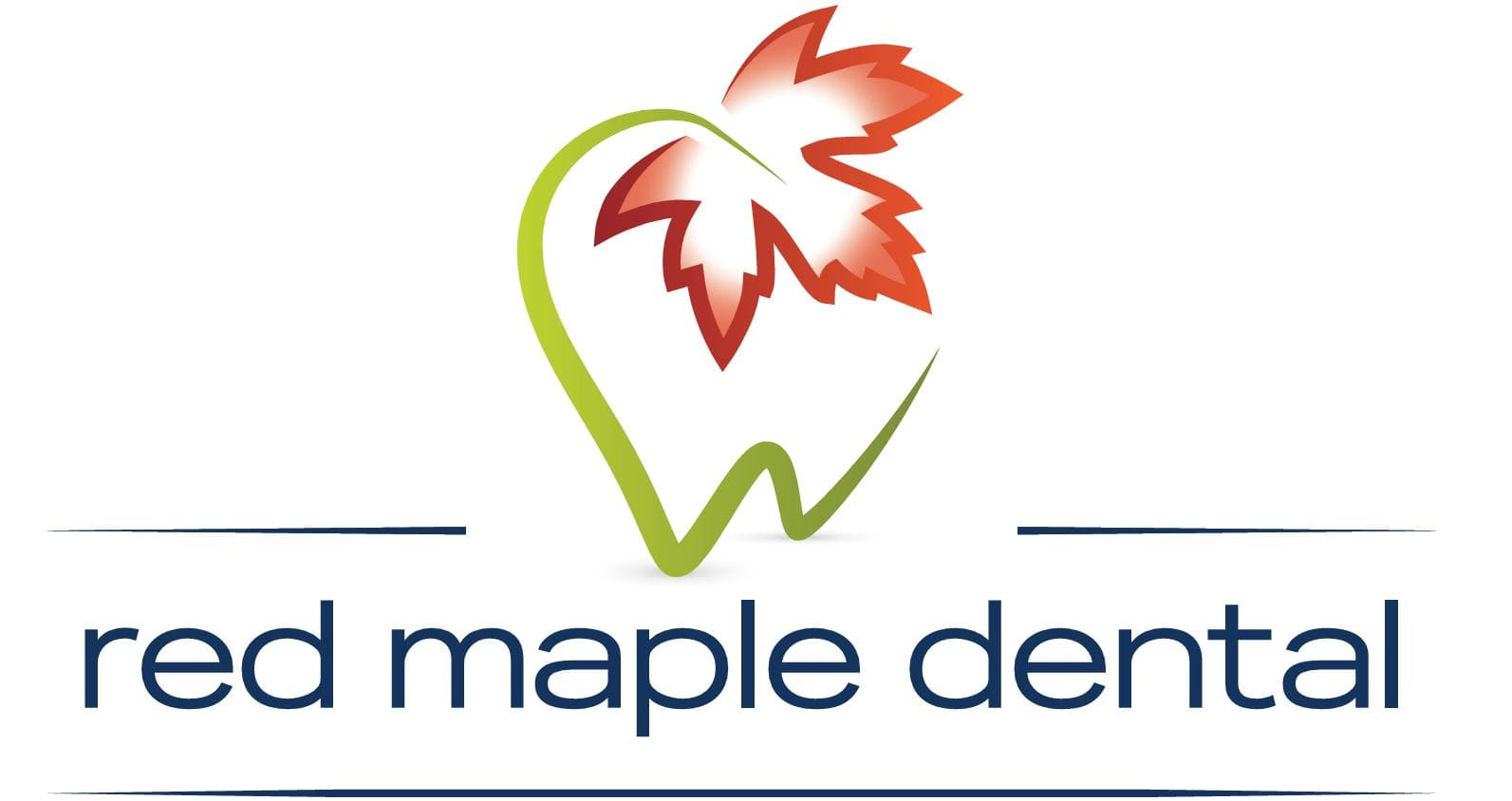Your gums can tell you a lot about your dental health. Ignoring their messages can lead to serious issues. Let’s explore the different signs your gums give you when there’s a dental problem and what you should do about it.

Signs of Gum Issues
Healthy gums are firm, pink, and don’t bleed. If you notice changes, it might be time to visit your dentist. Here are some common signs of gum problems:
- Red or Swollen Gums: This could indicate inflammation or infection. Redness and swelling are often early signs of gum disease. This condition, known as gingivitis, can progress to more severe forms if left untreated.
- Bleeding Gums: Gums that bleed when you brush or floss may signal gum disease. While occasional bleeding might not be a concern, frequent bleeding is a red flag. It suggests that your gums are not healthy and need attention.
- Receding Gums: When gums pull away from teeth, it can expose roots and cause sensitivity. This condition can lead to tooth loss if not addressed. Receding gums might also indicate aggressive brushing habits or periodontal disease.
- Persistent Bad Breath: Bad breath that doesn’t go away might be a sign of gum disease. This could be due to bacteria in your mouth. Chronic bad breath is often an indicator of underlying dental issues.
- Pain or Discomfort: Any pain in your gums should not be ignored. Gum pain can be a symptom of various issues, from infections to abscesses. It’s important to identify the cause and treat it promptly.
What to Do About Gum Problems
Don’t ignore gum issues! Taking action early can prevent more serious problems. Here are the steps you can take:
Maintain Good Oral Hygiene
Brush your teeth twice a day. Use fluoride toothpaste and a soft-bristled toothbrush. Brushing removes plaque, a sticky film of bacteria that forms on your teeth. Don’t forget to floss daily. This removes plaque and food particles between teeth. Flossing reaches areas that your toothbrush can’t. Consider using an antiseptic mouthwash to reduce bacteria. Mouthwash can help keep your mouth clean and fresh.
Proper brushing technique is also crucial. Hold your toothbrush at a 45-degree angle to your gums. Use gentle, circular motions. Avoid scrubbing too hard, as this can damage your gums.
Visit Your Dentist Regularly
Regular dental check-ups are crucial. Your dentist can spot problems early. They can also clean your teeth professionally, removing tartar and plaque that brushing can’t. Tartar is hardened plaque that can only be removed by a dentist. Professional cleanings help prevent gum disease and cavities.
Your dentist might also take X-rays to check for hidden issues. Regular visits allow your dentist to monitor your gum health and provide personalized advice.
Quit Smoking
Smoking weakens your immune system. It makes it harder for your gums to heal. Quitting smoking can improve your gum health significantly. Smokers are more likely to develop gum disease. Tobacco use can also mask symptoms, making it harder to detect issues early.
Quitting smoking has numerous benefits for your overall health. It reduces your risk of heart disease, cancer, and respiratory problems. Your gums will thank you!
Watch Your Diet
Eat a balanced diet rich in vitamins and minerals. Foods high in vitamin C and calcium are great for your gums. Vitamin C helps repair tissues, while calcium strengthens your teeth and bones. Include plenty of fruits, vegetables, dairy products, and lean proteins in your diet. Avoid sugary snacks and drinks. They can contribute to plaque build-up. Sugar feeds the bacteria in your mouth, leading to more plaque and potential cavities.
